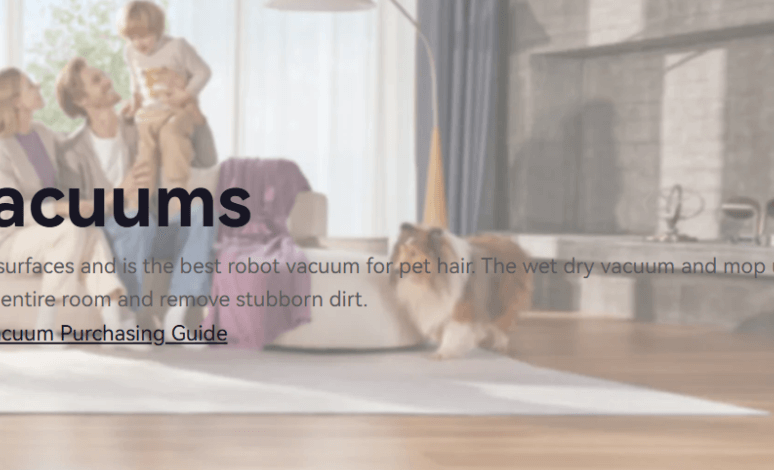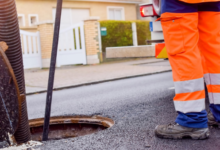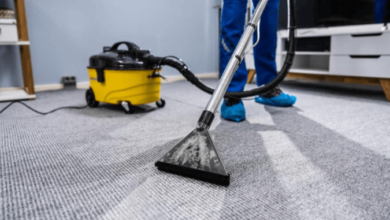How Robot Vacuums Are Tested for Real-World Performance

Understanding Testing Methodologies
Independent testing labs evaluate robot vacuums through standardized procedures. These assessments measure suction power, navigation efficiency, and debris collection across surfaces. Tests simulate common household challenges like pet hair management and obstacle avoidance.
Suction capacity is quantified using digital pressure gauges in kPa units. Airflow volume gets measured with anemometers to assess debris transportation efficiency. Higher airflow values indicate better particle capture from floors and carpets.
Core Performance Metrics
Suction and Airflow Analysis
Maximum suction tests occur at full power settings. Results reveal differences between models in lifting embedded dirt. Airflow measurements determine how effectively vacuums move debris through their dust collection systems.
Lab technicians record suction consistency across power modes. Entry-level models often show significant performance drops at lower settings. Premium units maintain stronger airflow even in eco modes.
See also: EPC Drainage for Professional Drain Unblocking in Chelmsford
Navigation and Mapping Capabilities
Test environments replicate residential layouts with mixed flooring types. Robots undergo multiple cleaning cycles to assess mapping accuracy and route optimization. Coverage efficiency gets calculated by tracking completed floor areas versus missed zones.
Advanced models use LiDAR or camera-based systems for spatial awareness. Basic units rely on gyroscopic sensors with higher error rates. Testing reveals how navigation systems handle dark surfaces and reflective materials.
Battery and Maintenance Factors
Runtime and Charging Behavior
Battery tests measure percentage drain per square meter cleaned. Units get evaluated for automatic recharge-resume functionality. High-end models demonstrate smarter power management for large homes.
Dock evaluations assess self-emptying mechanisms and maintenance features. Premium stations offer mop pad washing and water tank refills. Entry-level docks typically only handle basic charging functions.
Specialized Cleaning Tests
Surface Debris Removal
Standardized debris mixes include coffee grounds, cereal, and pet hair. Hard floor tests evaluate scatter patterns and final cleanliness. Carpet assessments measure deep fiber penetration and particle extraction rates.
Crevice cleaning tests use specialized surfaces with 1/4″ gaps. Top performers remove 95%+ of debris from floor transitions. Edge-cleaning capabilities get scored separately using wall-adjacent test zones.
Mopping System Evaluation
Wet mopping tests employ coffee and juice stains on sealed surfaces. Blacklight inspections detect residual contamination after cleaning cycles. Units earn higher scores for heated water systems and automatic mop lifting.
Hybrid models undergo separate vacuum/mop mode testing. Evaluators check for cross-contamination between functions. Systems with dual tanks and auto-empty features prevent dirty water reuse.
Consumer-Centric Considerations
Pet Hair Management
Anti-tangle tests use 7-inch synthetic hair strands. Brushes get inspected for wrap resistance after 10 cleaning cycles. Units with specialized rollers demonstrate 80%+ reduction in manual maintenance.
Carpet deep-cleaning tests measure sand removal from medium-pile surfaces. High-torque brush rolls outperform basic designs in embedded dirt removal. Pet-specific models include allergen filtration systems.
Smart Feature Integration
App controls get evaluated for mapping customization and scheduling flexibility. Voice command compatibility covers major assistant platforms. Camera-equipped models undergo privacy and security audits.
Obstacle avoidance tests use shoes, cables, and small objects. Advanced AI systems demonstrate 90%+ avoidance rates in controlled environments. Basic infrared sensors show higher collision frequencies.
Maintenance and Longevity Factors
Brush and Filter Analysis
Testing includes 50-hour endurance runs to assess component wear. Rubberized brush rolls show better debris resistance than bristle designs. Washable filters get evaluated for performance degradation after repeated cleaning.
Dustbin capacity tests measure auto-empty efficiency across fill levels. Units with larger collection bags reduce maintenance frequency. Compact models require more frequent emptying in high-debris environments.
Emerging Technology Trends
Advanced Sensor Packages
Newer models incorporate 3D mapping and real-time object recognition. Testing protocols now include dynamic obstacle courses that change between cleaning cycles. These assessments reveal adaptability differences between navigation systems.
Some units demonstrate improved performance on dark floors through enhanced optical sensors. Others show limitations with patterned surfaces or low-light conditions.
Hybrid System Innovations
Combination robot vacuum and mop systems undergo dual-function testing. Evaluators measure water usage efficiency and cross-contamination risks. Top performers maintain separate liquid and dry waste compartments.
Mopping pressure tests quantify downward force in pounds. Units with adjustable pressure settings adapt better to different floor types. Vibrating mop pads demonstrate superior stain removal compared to static designs.
Making Informed Purchase Decisions
Performance vs Price Analysis
Testing data reveals diminishing returns at premium price points. Mid-range models often provide 85%+ of flagship performance at 60% cost. Budget units show significant compromises in carpet cleaning and smart features.
Durability testing across price tiers shows component quality differences. Premium models demonstrate better motor longevity and battery cycle counts. Entry-level units may require replacement parts within 2-3 years.
Real-World Usage Considerations
Testers evaluate noise levels during nighttime operation. Units with sub-65 dB ratings maintain household tranquility. Automatic scheduling features get tested for reliability across weekly cycles.
Height profiles impact furniture clearance capabilities. Low-profile designs under 3.5″ access more spaces but sacrifice dustbin capacity. Taller units with improved components trade accessibility for performance.
Future Testing Directions
Labs are developing new protocols for multi-floor homes and outdoor transitions. Upcoming evaluations will assess solar charging capabilities and water-resistant designs. These advancements aim to better reflect evolving consumer needs.
Standardized testing continues to evolve with smart home integration. Future assessments will measure IoT compatibility and ecosystem integration. These developments help consumers choose systems that adapt to connected home environments.






